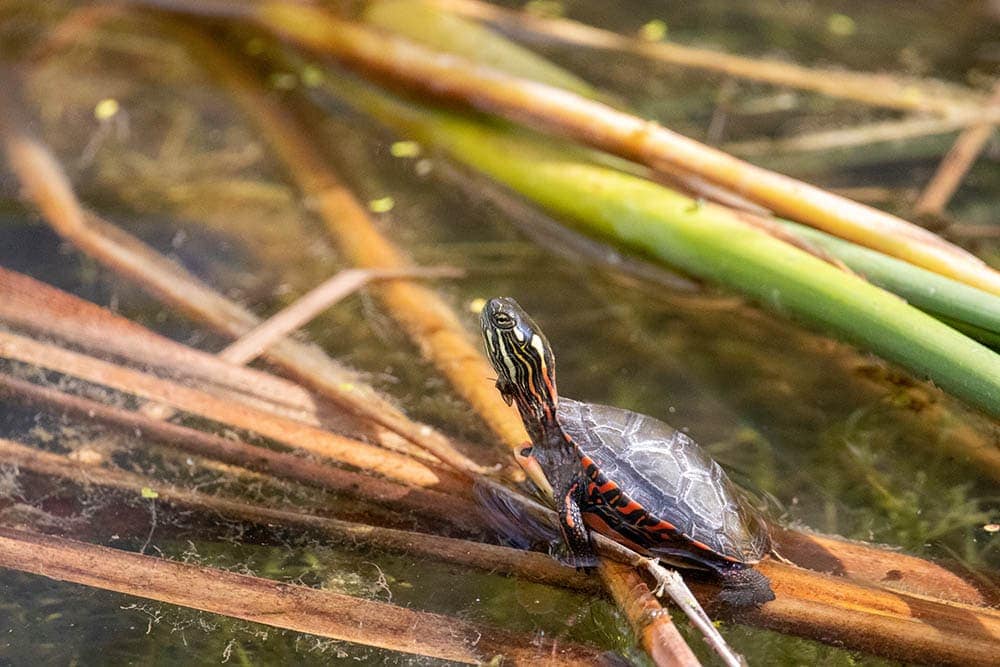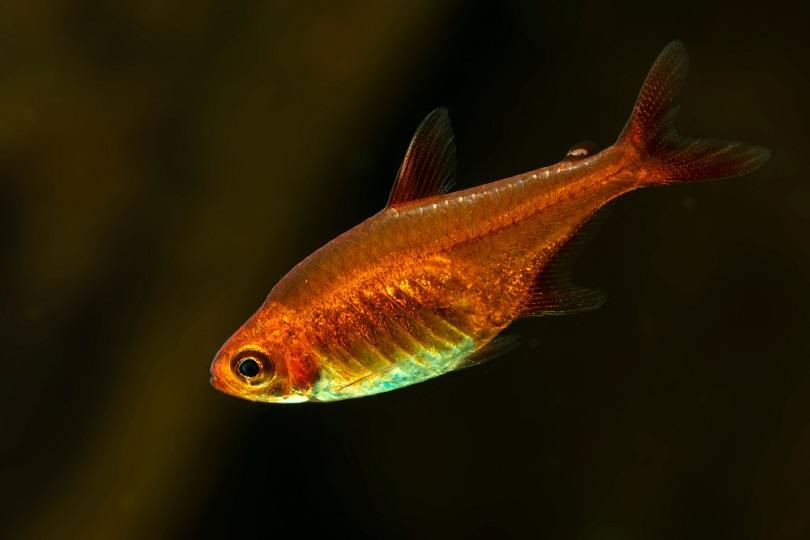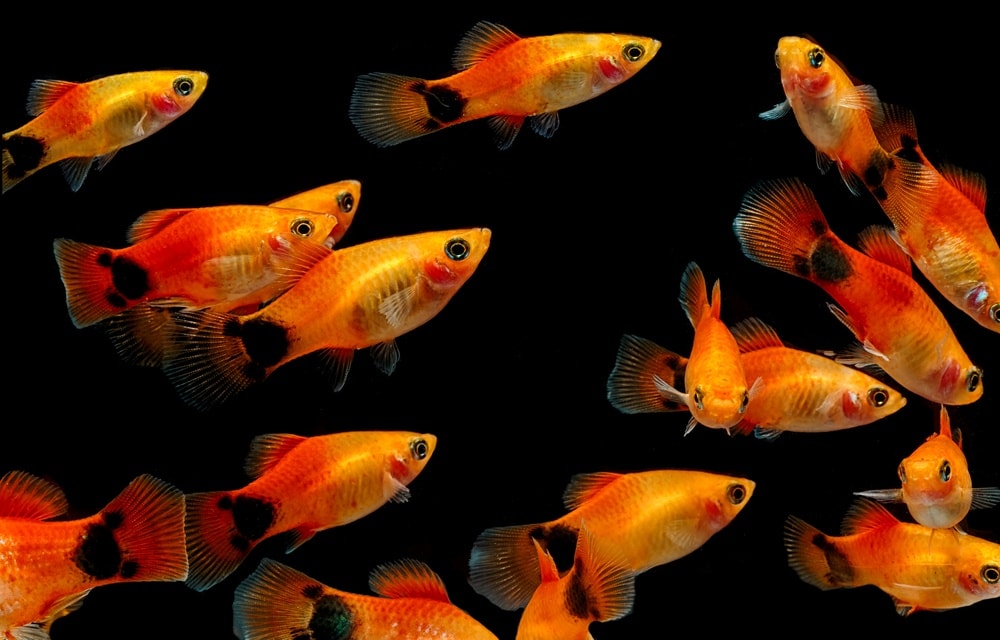Zebra Nerite Snail: Pictures, Size, Care Guide & Tank Setup
Updated on
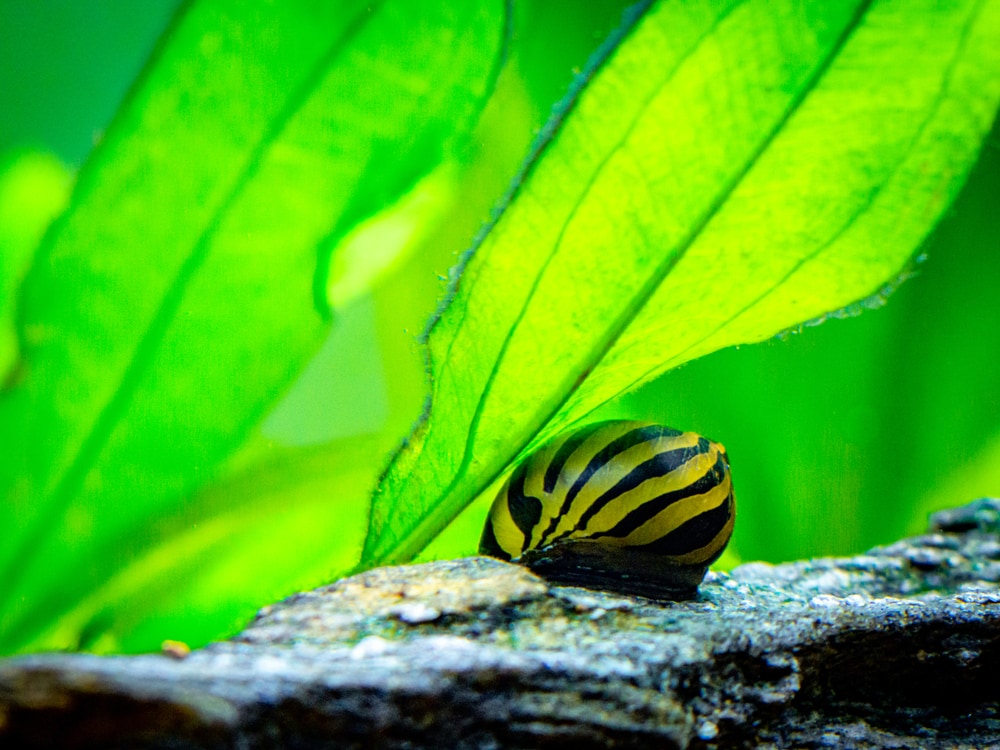
Click to Skip Ahead
The zebra nerite snail lives up to its name with its black and yellow stripes. They likely serve the same function for camouflage as for the equine of its moniker. It’s a small gastropod, reaching sizes between 0.5 and 1 inch long. It’s suitable for beginners since your snail will likely get to work right away cleaning algae off the walls and objects in your aquarium.
Species Overview
| Size: | Up to 1 inch long |
| Lifespan: | Up to 2 years |
| Similar Breeds: | Tetras, Siamese algae eaters, other snail species |
| Suitable for: | Beginners |
| Temperament: | Resilient, solitary, voracious eaters |
Its coloration makes the zebra nerite snail a popular addition to tanks. It can tolerate small living quarters as long as you keep it with peaceful fish that don’t usually include escargot in their diet. The snail’s easy care is another point in its favor. The gastropod will tolerate freshwater to brackish conditions, as long as the pH is neutral to slightly alkaline.
Zebra Nerite Snail Breed Characteristics
Zebra Nerite Snail Fish Cost
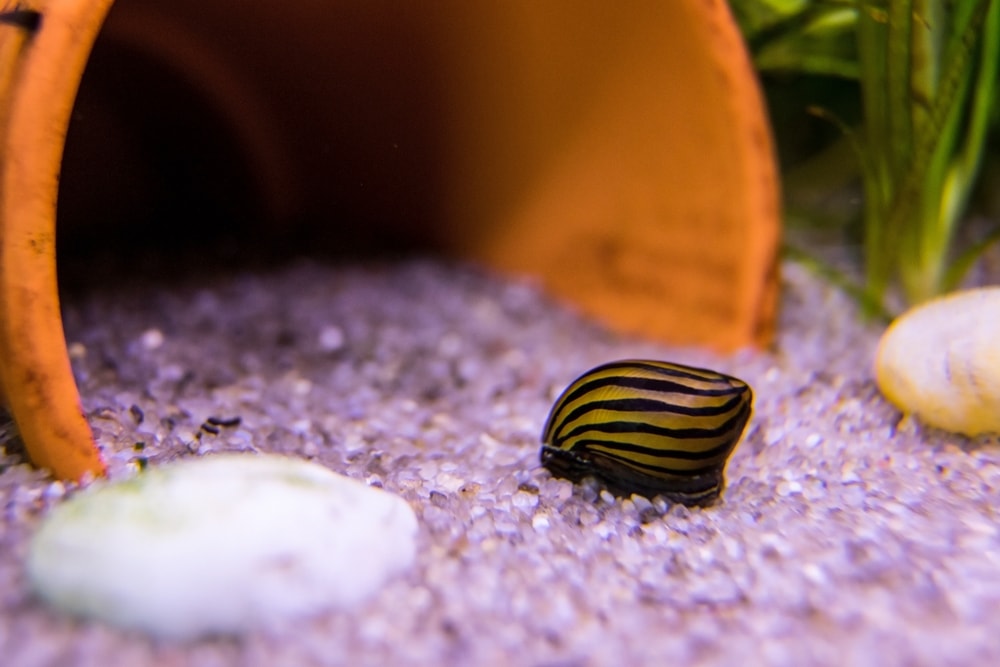
The zebra nerite snail lives in Northeastern to Eastern Africa with isolated populations in Mozambique and South Africa. The International Union for Conservation of Nature and Natural Resources (IUCN) lists the species as near threatened due to development, agricultural effluents, and habitat encroachment1. It inhabits the inland wetlands and swamps of its native land.
Lovell Augustus Reeve described the snail in 18582. Undoubtedly, its beauty caught the attention of the biologist who specialized in the study of mollusk shells. His monograph included several sketches of the zebra nerite snail and other species.
The snail is difficult to breed in captivity because of the animal’s specific water conditions. Thus, many specimens might be wild-caught. Availability is spotty. However, you may find them sold singly or in small groups at a discount. You can expect to pay less than $5 per snail. We recommend only buying from sellers who offer a live guarantee, particularly if you have them shipped to your home.
Sociability of Zebra Nerite Snail
The zebra nerite snail is a peaceful creature, content to eat algae all day long. It won’t bother or engage with any of its tank mates. You may have luck breeding them if you keep them in small groups In brackish conditions. Otherwise, the snail is usually solitary. They won’t interact with their cohorts unless they are breeding.
Do These Snails Make Good Pets?
The zebra nerite snail makes a good pet if you’re looking for a tank addition that doesn’t require a lot of fuss. While it can live in fresh water, it thrives if you maintain brackish conditions. This mollusk will do an excellent job of ridding your tank of algae. If there isn’t enough to fulfill its seemingly endless appetite, you may need to supplement it with blanched vegetables.
Does This Snail Make a Good Tank Mate?
The zebra nerite snail makes an excellent tank mate since it minds its own business and leaves others alone. It will fare well in a community aquarium filled with other peaceful fish or invertebrates. You can keep them alone or in small groups, depending on the tank size and the extent of algae-cleaning duties.
Care Guide & Tank Setup

Water Quality, pH & Temperature
This species is a sea snail, which explains its tolerance and preference for brackish conditions. Salinity levels between 1.020 and 1.028 SG are best for these snails. You should check it and other parameters every 2 weeks to minimize sudden fluctuations.
A temperature range of 72℉ to 82℉ is ideal. You should keep the pH between 7.0 to 8.2. Acidic conditions will break down the snail’s shell and leave it vulnerable to disease and injury. A general hardness between 5 to 8 dGH will ensure the magnesium and calcium ion concentrations are adequate.
Ammonia, nitrite, and nitrate levels suitable for most tropical fish will suffice for the zebra nerite snail. We suggest bi-monthly water changes to keep conditions stable to minimize stress for every species in your tank. You should keep the water level about 0.5 inches from the top so that your snail can come up to the surface. However, a lid is imperative to prevent escapes.
Substrate
Fine-grained sand is the best substrate for snails. However, you can add live plants to your tank since this gastropod won’t feed on them. You can use a mix of sand and gravel to satisfy both needs. The latter will provide a better anchor for plants while allowing for circulation around their roots. You can have the best of both worlds.
Plants
Some snails will decimate plants. This species is an exception. You can have the beauty of these snails in your aquarium along with the interest and natural environment that plants provide. The zebra nerite snail eats a lot but is content feasting on algae.
Lighting
You should have subdued lighting in your tank to replicate the habitat conditions the snails would experience in the wild. Wetlands often don’t get much light. Vegetation may also affect how much gets into the far depths of the water. If you have live plants, ensure they get adequate UV radiation to thrive.
Filtration
Filtration will help ensure the most stable water conditions in your tank. It will prevent the peaks and valleys that can stress fish and snails unduly. A power filter will keep the water circulating and control toxins. If you don’t have a filter, you should do weekly water changes, which are more likely to stress everyone in the tanks.
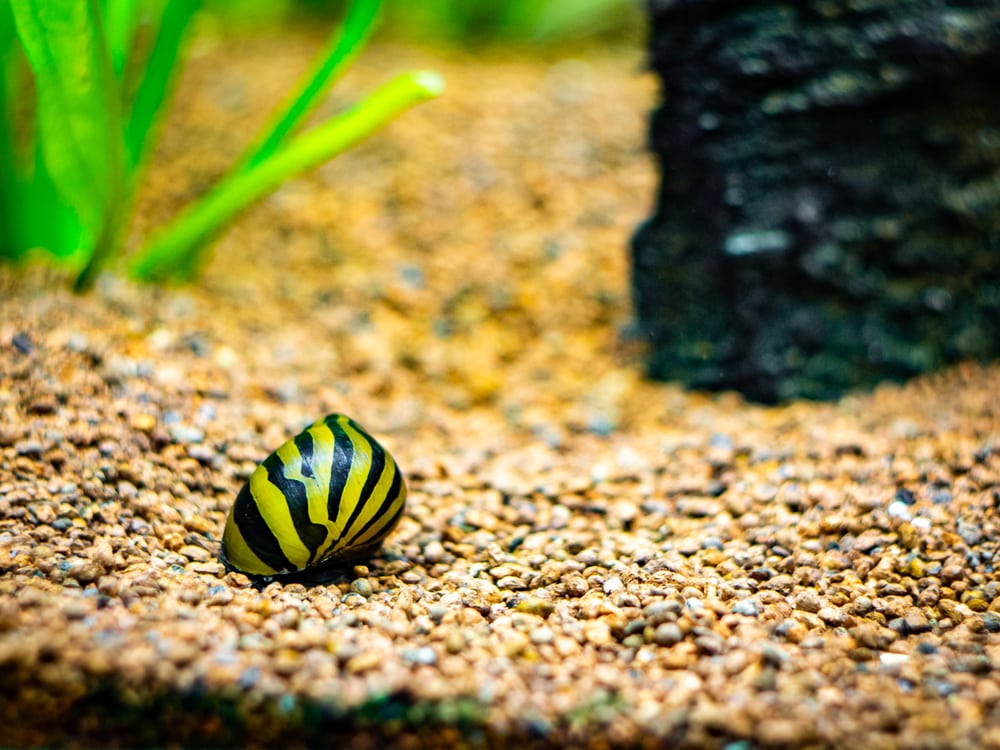
Things to Know When Owning a Zebra Nerite Snail:
Food & Diet Requirements
If you don’t have a lot of algae in your aquarium, you may need to supplement your snail’s diet with wafers. That’s the easiest way since you have more control over how much you feed them. You can also offer your snails blanched vegetables. However, the same precautions about overfeeding apply. We suggest putting some of these other foods in the tank so it can get used to them.
Size & Growth Rate
The zebra nerite snail only gets up to 1 inch long. The ones you buy may already be their adult size when you get them. Don’t expect any rapid growth spurts. They probably won’t get any bigger for the time you have them.
Varieties
Only one variety of the zebra nerite snail exists. However, you’ll likely see variations in the pattern of the stripes. The coloration isn’t different. Instead, you’ll see different widths and lines.
Lifespan and Health Conditions
Knowledge of the secret lives of snails is largely unknown. The difficulty of locating and monitoring them in the wild makes it challenging to learn more about their life history. Our advice is to maintain clean water conditions with regular water testing to keep them healthy.
Male vs. Female
The zebra nerite snail is not a hermaphrodite like land snails are. There are distinct sexes. However, behavioral differences are also unknown, so you probably won’t notice any variations between them.
3 Little-Known Facts About Zebra Nerite Snail
1. The Zebra Nerite Snail Has a Hard Time Righting Itself if Upside Down
You shouldn’t just drop the snails into your tank willy-nilly. Make sure they land with their shell upright since it’s challenging for them to do it themselves.
2. Avoid Adding Copper to Your Tank Water With Snails
Copper can kill algae, the primary food for the zebra nerite snail. Therefore, the two don’t mix if you want them to survive.
3. The Zebra Nerite Snail Is Active for a Species of Its Type
The zebra nerite snail may surprise you with how active it is. It always seems to be eating.
Final Thoughts
If you’re looking to add unique species to your tank, you can’t go wrong with the zebra nerite snail. It’s a beautiful creature that will look right at home among the plants and hardscape in your aquarium. Their easy care and peaceful nature make them an ideal choice. If you have a large tank, you can put several in your tank and say goodbye to scraping algae off the walls.
Featured Image Credit: Joan Carles, Shutterstock

